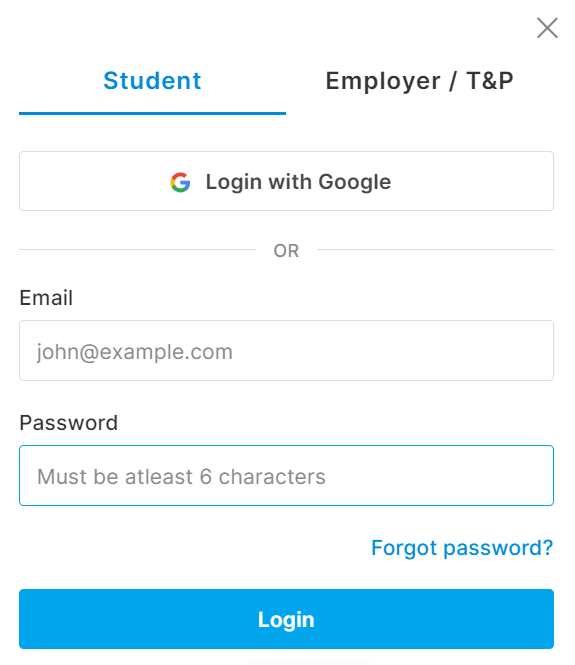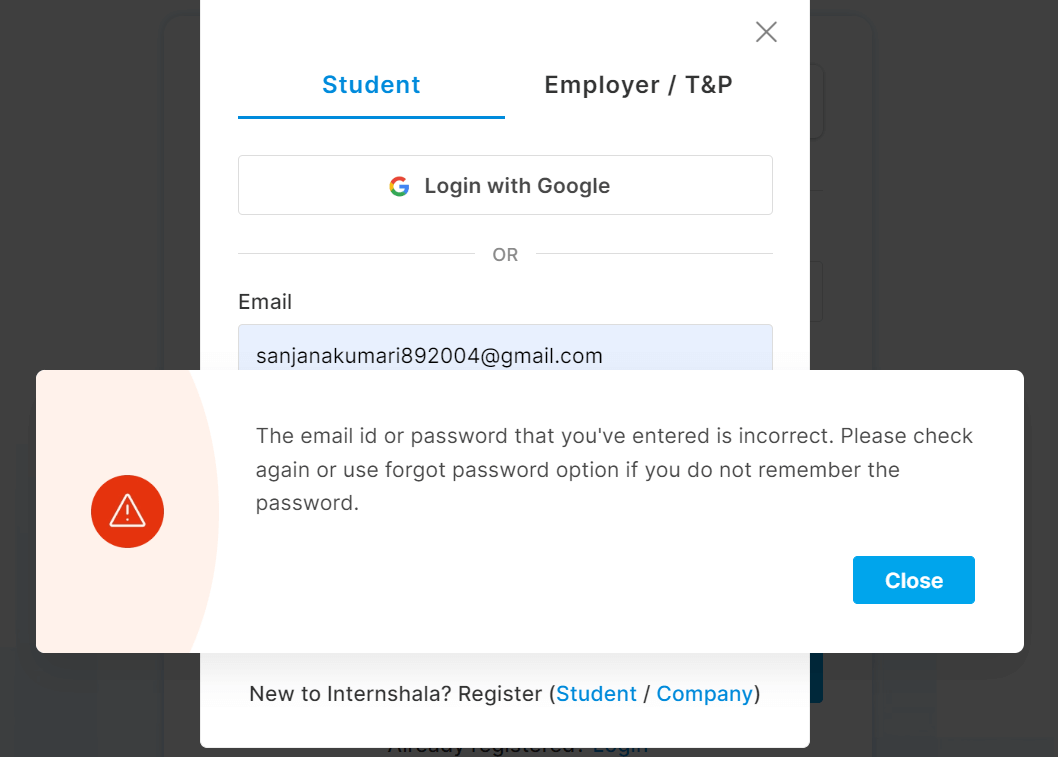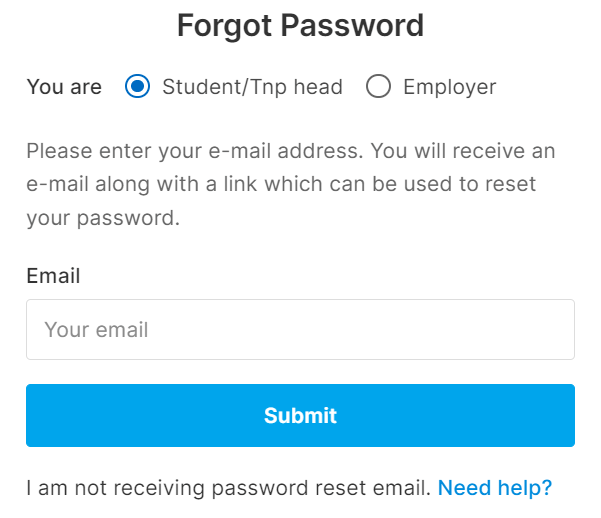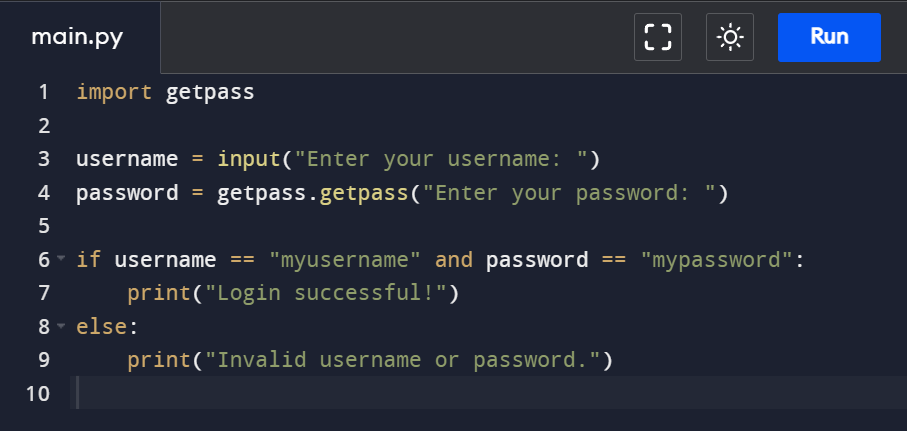What is a Login Script

A login Script can be called a program, a set of instructions, or a script. A login Script is executed only when a user tries to log into a computer, a website, or a webpage. A login Script automatically performs many functions when a user logs in. It adjusts settings in your operating system. It configures network connections. It launches applications. It can also display a welcome message to the user, an error message, or an access denied message.
When the user logs into a website, the login script performs tasks such as verifying the user's credentials. If the user credential is correct, it redirects the user to his page, and if the entered credential is incorrect, the login page shows access denied or entered id or password is incorrect.

A login script can be created using languages such as Python, Powershell, Bash, and Perl. The Login Script can work both online and offline.
Use of Login Script
Login Script is a versatile tool because it can perform many tasks. It can perform many tasks, but the login script's specific use depends upon the user's and organization's requirements. Following are some of the uses of Login Script:
- Login Script follows some strict rules and regulations. It requires a strong password. It encrypts your file to a different mode. It also restricts the user from getting any access to the specific data. By doing so, the login script helps the user to maintain strong security so that the data remains safe.
- Login scripts manage network connections, such as connecting to a VPN or mapping network drives. This can help users access resources on the network more easily and securely.
- Whenever a user logs in, all the applications get started automatically. Without Login Script, the application would have taken a long time to load. All the applications that are generally used or open often take longer to open. The Login script can solve the problem by performing the tasks automatically and quickly.
- The login script displays the notifications belonging to different categories. Notifications related to the operating systems, notifications regarding system updates, and many more. It is beneficial to the user as it provides information to the user. Thus, there is less confusion and less error caused.
- Login scripts can also restrict access to some applications or websites. It can disable USB ports. It keeps the system or website away from the effect of any unauthorized access.
- Login scripts can perform tasks automatically and repetitively. This saves time and increases productivity; the Login script is beneficial for tasks that are time taking.
Features of Login Script
The login script is designed in such a way that it can improve the user experience as well as maintain the security of the user data. The following features of a login script make it beneficial for the user:
- It authenticates the user: The Login Script asks for the user Id and password and checks whether the entered id and password are correct. In this way login script verifies that no outsiders access your account. It makes sure that only the authorized user can access their computer or account.
- It does tasks automatically: We know that the login script is enabled automatically. It can automate many tasks, such as launching applications, setting up network connections, and configuring user preferences. All these tasks can be performed, which saves the user's time and increases the user's productivity.
- It helps in customization: The login script has a feature of customization. The login scripts can be customized according to the user's or organization's needs. With the help of a Login script, personalized messages can be created.
- It can bring security features: The login Script develops security in many ways. It can restrict certain websites which are causing errors or creating problems. It can block the USB Port so others cannot use your data without your permission. It also helps in security by asking for the password from the user each time they want to access anything from his computer or any website. In This way, the Login script is very useful in maintaining the security of the account or system.
- It is compatible: The login script is compatible with every operating system, and there is no prerequisite to using a login script on a system or website. Login scripts can be created in many programming languages. So, Login script can be used over all platforms; thus, it is compatible.
- It can manage passwords: Login Script helps create new passwords, reset passwords, and apply password policies. This helps increase security and also reduces the risk of password theft. Thus, it helps users when they forget their password. It also helps in keeping your account or system safe.

- It can be accessed remotely: The Login script provides remote access to the system. In this way, it is optional for the user to carry their system with them all the time. User can access their account from anywhere in the world. It improves flexibility and productivity.
- It supports a single sign-on: Login Script that allows the user to access many applications by the use of only one sign-on. It saves time and user experience.
- It monitors user activity: The login script can monitor what the user is doing. This is necessary in the view to maintain the security of the user account. This helps in finding any suspicious activity going on.
What is the Prerequisite of learning Login Script?
To learn login scripts, you should have a solid foundation in computer systems and networks, scripting languages, security principles, user management, system administration, and troubleshooting. You can start by learning and writing some basic login scripts first. Following are some requirements that you can start with to learn login script:
- It would help if you had a basic understanding of operating systems, such as Windows or Linux, and how they manage user accounts and system resources.
- You must know some scripting language. The Scripting language may be Bash, PowerShell, Python, etc. These are the most commonly used languages for login scripts.
- You should know network protocols such as HTTP, PHP, TCP/IP, etc.
- You must know security principles such as authorization, encryption, and authentication. These are very important to secure a user account or your system.
- You must know about management. You must be aware of how to create user profiles, provide them with required permission, manage user accounts, etc.
- You must know how to update and create a backup for your system. You must know how to manage computer networks and systems.
- If some issues or error occurs in the login script, you must know to solve them. It means you must have some troubleshooting concepts and techniques.
How Do I Run the Login Script?
How to run Login Script will depend on the Operating System type and the network environment you are using. There are many ways to run a login script. Following are some of the ways to run the login Script:
Windows
- First, open the Group Policy Editor by typing "gpedit. msc" in the Run dialog box or the Start menu search bar.
- Go to "User Configuration" > "Windows Settings" > "Scripts (Logon/Logoff)."
- Double-click the "Logon" option to open the Logon Properties window.
- Click the "Add" button to add a new login script.
- In the "Script Name" field, enter the path to the login script file (e.g., C:\Scripts\login_script.bat).
- Click "OK" to save the changes.
Linux
- First, open a terminal window and navigate to the /etc/init-d/ directory.
- Create a new script file using a text editor (e.g., vi, nano) and save it with a .sh extension (e.g., login_script.sh).
- Add the executable permission to the script file using the chmod command (e.g., chmod +x login_script.sh).
- Use the update-rc.d or chkconfig command to enable the script to run at startup (e.g., update-rc.d login_script.sh defaults).
- Reboot the system to test the login script.
How do I run the Login Script in Python
You must create a new Python script file to run a login script in Python. Then you must write your code in it. Here's an example of a simple login script that prompts the user for a username and password:

To run this script, you can open a terminal or command prompt. Then you must navigate to the directory where the script is saved and enter the following command:

This command will execute the Python script. This will prompt the user to input a user name and password. After that, if the entered username and password are matched with the values put in the script. If the username and password are correct, the script will print "Login successful!" to the console. Otherwise, it will print "Invalid username or password." In this way, the login script is created with the help of the language Python.
Limitations of Login Script
The following are some limitations of the login script:
- Suppose Login Script is not properly secured or any malware attacks the system. In that case, all the confidential usernames, passwords, and other valuable data may leak and fall into the wrong hands. This will ruin the situation.
- It will take a lot of work for the login script to maintain such a vast number of users and systems, which is increasing daily.
- The login script is used for performing simple tasks. It will not be able to handle the burden of such a large no of user authentication. It may not be able to handle complex tasks.
- The login Script is often designed for some specific operating system. This means the login script may not be compatible with most operating systems.
- The login Script is executed in a fire-and-forget manner. Suppose there is any error that occurred during the execution of the script. Then it may not be noticed, which is not good regarding security purposes.
|





 For Videos Join Our Youtube Channel: Join Now
For Videos Join Our Youtube Channel: Join Now










